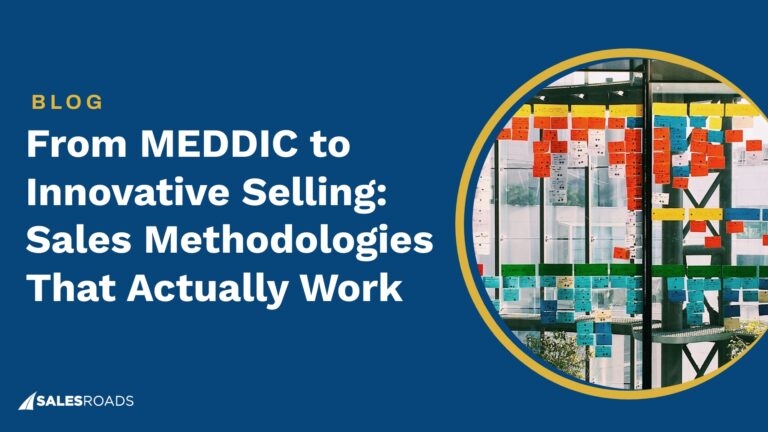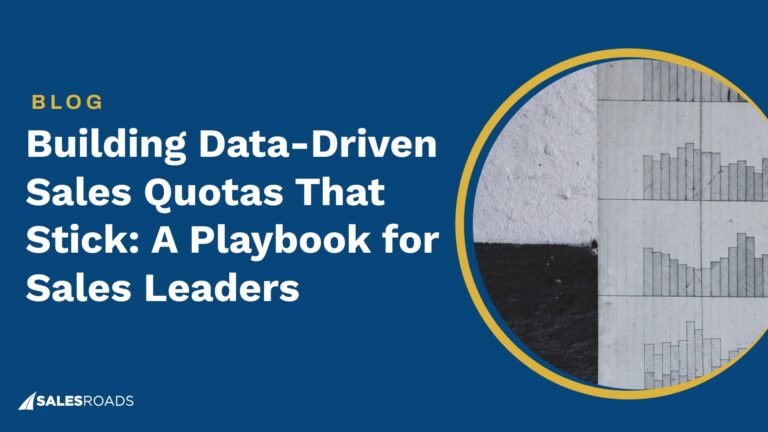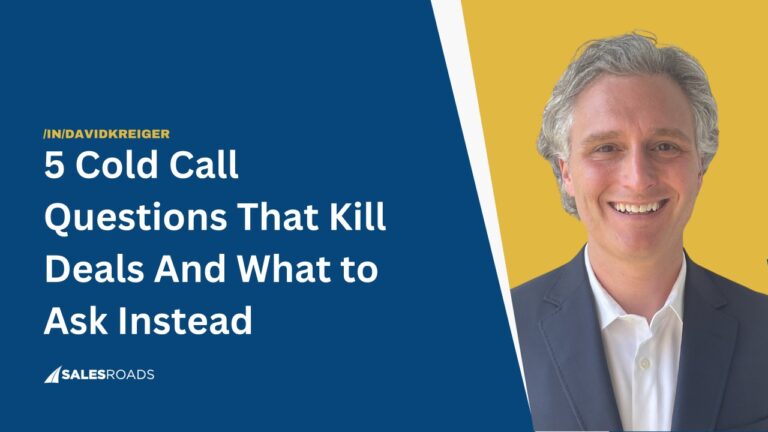Appointment setting is an effective sales technique that assists companies in filling their pipelines with qualified leads. To implement a labor-saving appointment setting strategy, businesses can invest in training programs that enable SDRs to schedule more meetings and produce better results.
Sales managers play a huge role in this training, as part of their job is to coach core abilities and spot growth areas. Investing in a solid appointment setter course is a powerful way to fix more meetings and yield excellent sales outcomes over time.
Must-Have Appointment Setter Skills
The best appointment setters have the ability to continually schedule meetings with highly-qualified leads. For the best appointment setting campaigns, you can look out for SDRs with the following skills:
- Time management
- Lead qualification
- Active listening
- Product knowledge
- Objection handling
Time management
Appointment setters have to juggle many things simultaneously: researching, making calls, sending emails, and managing outreach campaigns. Top salespeople distinguish themselves with excellent time management skills.
Lead qualification
Qualifying leads is a vital part of the B2B appointment setting. SDRs must be able to identify quality leads using ideal customer profiles and buyer personas.
The best appointment setters qualify leads with data analysis and other predefined criteria to reach out to prospects with higher chances of converting.
Active listening
Appointment setters are great communicators. Your team of SDRs should be able to pick cues from interactions with leads and use responses to proffer solutions to their pain points.
Sales professionals adept at active listening and effective communication close more deals and generate better outcomes.
Product knowledge
To effectively convince a prospect to meet with your company, SDRs need to understand your product and how it solves the client’s pain point. Leads are easily turned off by salespeople without enough expertise.
Objection handling
While qualified appointment setting often comes with objections, top salespeople learn effective techniques to handle them. Proficient SDRs convert objections into opportunities by understanding the issues and guiding prospects through resolutions.
Appointment Setting Training Areas
Sales teams can set more qualified appointments with effective coaching and training in the right areas. Managers can teach SDRs these tactics to boost their appointment setting campaigns with better lead qualification and outreach.
Research
Making time for thorough discovery and research increases campaign productivity. Sales managers can teach appointment setting teams to find key information before reaching out to prospective clients.
90% of B2B companies use more than two sources to uncover customer data.1 Top sales managers coordinate their teams to use information from these sources to personalize appointment setting outreaches:
- Linkedin for job-related details like company size, recent awards, and promotions for personalizing conversations.
- Social media to learn interests and stay updated on companies’ news.
- Company websites to find organizational profiles and discover decision-makers that can influence sales decisions.
Confidence
Your campaign may not get the right responses if your SDRs speak with a fear of rejection or uncertainty. Sentences like “Sorry to take your time” can signal a lack of confidence, and clients can leverage that.
Train your SDRs to reach out with a winner’s attitude and confidence in their product’s value.
Questioning and building rapport
Rapport is vital for appointment setting success. Hubspot’s buyer research shows that prospects value salespeople who listen to their needs and provide relevant information without being pushy.2
An appointment setter can learn to ask the right questions and drive conversations. This uncovers the prospects’ pain points and makes it possible to maximize their responses to present products or services as solutions.
Asking for appointments
The key to asking for an appointment is ensuring the prospect sees a need for it. Your value propositions should be clear and compelling. As a sales manager, you can instruct your SDRs to hit on clients’ pain points and directly request to meet.
Scheduling software
Scheduling software eases the appointment setting process by allowing prospects to choose the meeting time. They eliminate the back-and-forth that often occurs when deciding on appointment details.
Your company can choose suitable scheduling software and train appointment setters on how to use them to improve customer experience and sales productivity.
Following up
Even after the appointment is set, not all prospects will show up for the meeting. SDRs can improve conversion rates by systematically communicating with potential clients.
When following up via email or phone, ensure to add new information at each outreach. Managers can teach tactful approaches for sending reminders and getting a lead’s attention.
Timing
The timing of outreach is as important as the value of the messaging. Sales experts recommend reaching out to executives outside of working hours. SDRs can contact prospects before 8 am, after 4 pm, or at lunchtime for better outcomes.
Maximize lead gen offers
Appointment setters can learn to take advantage of valuable lead generation materials before and during the appointment setting campaign. Whitepapers, webinars, ebooks, media kits, and pricing guides are useful for providing information for prospects ahead of meetings.
Bottom Line
Sales managers can improve team performance with quality appointment setting course.
Do you want to set more appointments with prospective customers and hot leads? Start by identifying SDRs with the right skills for the process and implement coaching programs with the focus areas highlighted above.










